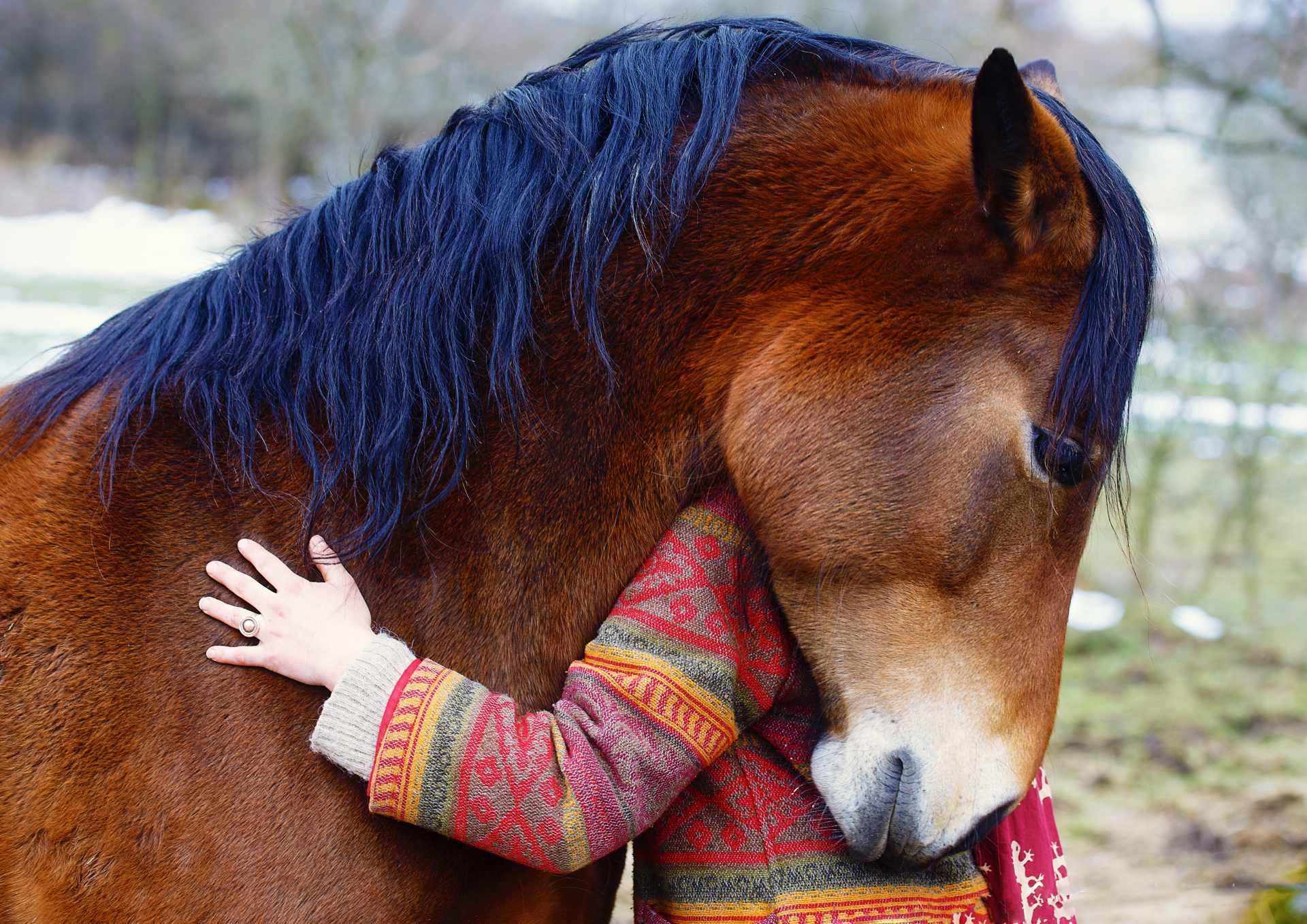Menu

Horses are flight and pack animals driven by instincts which they use basically to survive. It is often this biologist perspective around horses, but scientists have now investigated whether horses and humans establish a special bond. Quite a few things point to the fact that they do.
You may also like to read: Mare, gelding or stallion – which is the best match for you?
You have probably experienced your horse cuddling and seeking safety around you if it becomes insecure or afraid of something. Until now most research has been centred around the human aspect and connection with the horse. Not so much the other way around. So it is time to have a look at the impact is has, when horses spend a lot of time being around humans. Does it create a special bond? Can we find out if horses react when the owner leaves it? And how the horse behaves when it is placed in an uncertain situation.
Three scientists all from Linköping University in Sweden stand behind the research. They decided to figure out if horses show a special attachment towards humans. Do we share this special bond?
1. Proximity seeking (preferring to be near the human).
2. Safe haven (relief from stress due to the comfort and support provided by the person).
3. Secure base (due to feeling safe).
4. Separation distress (feeling distressed in the absence of its primary human).
The scientists explain that trust from a horse towards humans can help reduce panic in frightening situations. In other words, a close connection and perhaps this special bond between humans and horses affected the training in a positive way. This was because the horse knows that it can count on the owner to help it in a scary setting.
You may also like to read: Scientists Say: Horses Can Sense Your Emotions
The team had a total of 26 horses for their experiment. 14 mares and 12 geldings. The experiment took place in an indoor arena which most of the horses were already familiar with.
The separation-reunion experiment involved a protocol in which the owner walked the horse on a lead rope around the arena for three minutes. They then walked to a spot in the middle of the arena - and stood there for a minute with the horse on a loose lead rope. The owner then left the arena and was out of sight of the horse for two minutes, before returning for the reunion phase. Following a 15-minute break away from the arena, the same protocol was repeated with a person who was a stranger to the horse.
The results showed that the horses spent more time near the arena door when separated from both the owner and the stranger when compared to the reunion phase. They also sought human closeness during reunion, both with the owner and stranger. The horses’ heart rate was higher during the separation compared to the reunion. This happend with both the owner and the stranger. It could suggest that the horses were distressed when left alone.
These results can be examples of attachment-related features and suggest that horses consider both the owner and the stranger as a safe place. Making it possible that we do share a special bond. Though, the experiment illustrates a connection between horses and humans, an interesting aspect is the fact that the horses did show the same amount of attachment - whether it was the owner or stranger entering the reunion phase.
The experiment is not a large study with a larger number of horses and owners involved. Therefore the research team stresses that this concept of a special bond should be investigated even more in the future. Perhaps focusing on different types of training which according to the team behind this study might also influence the attachment between horses and humans.
If you want to read more about the experiment you can find it here.